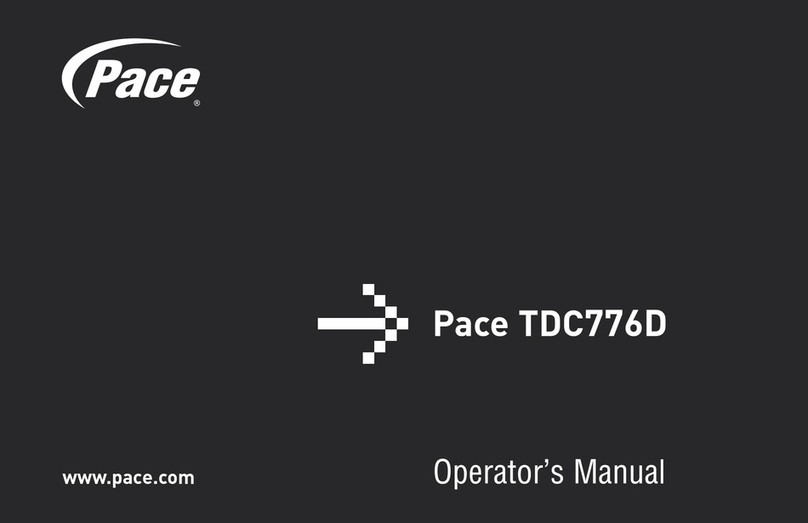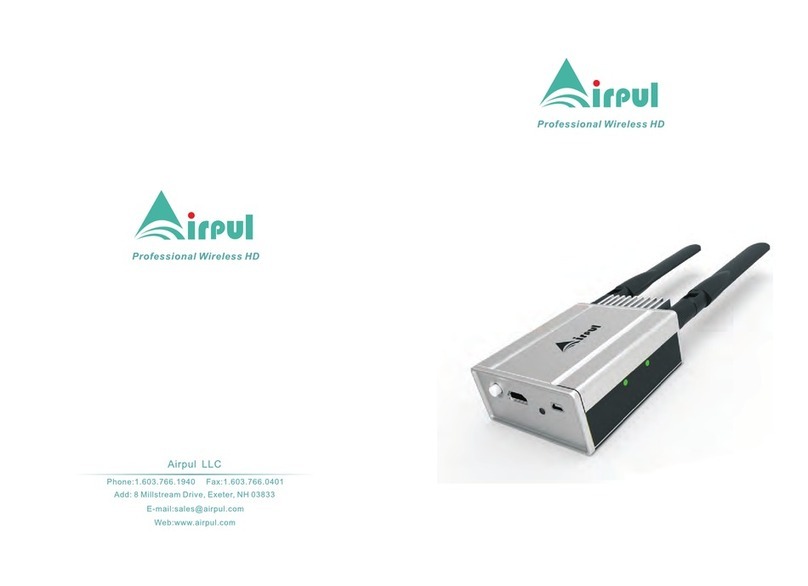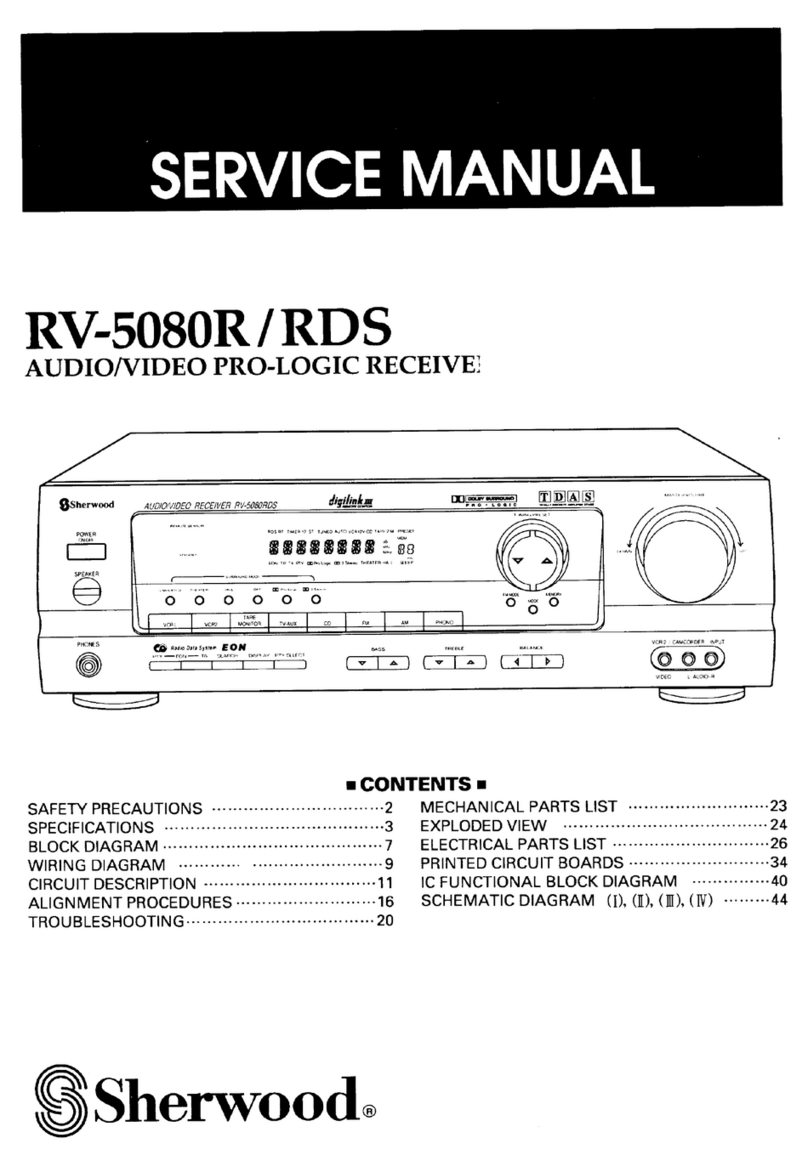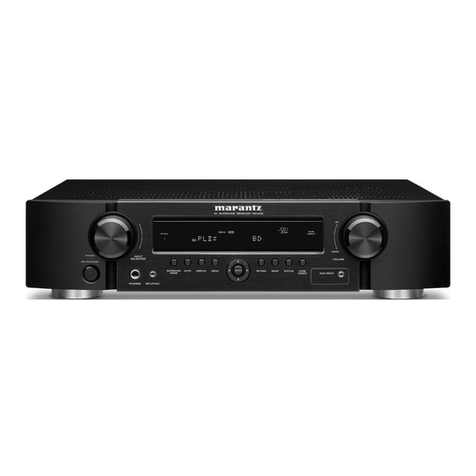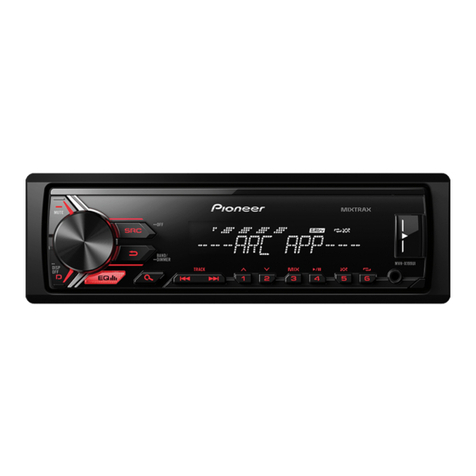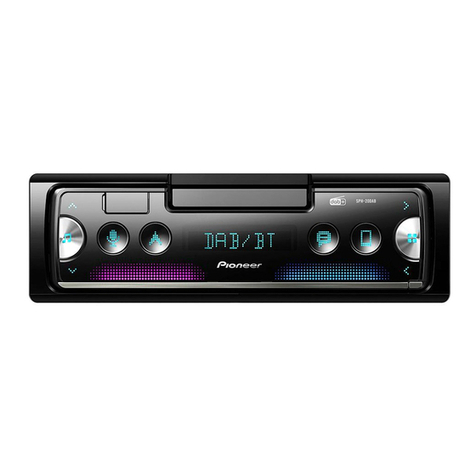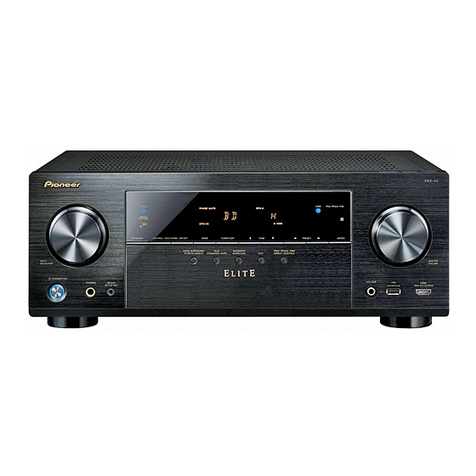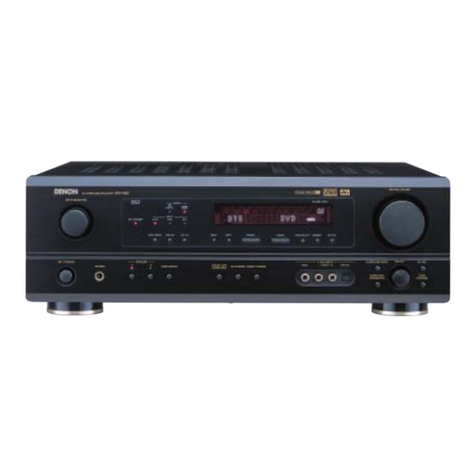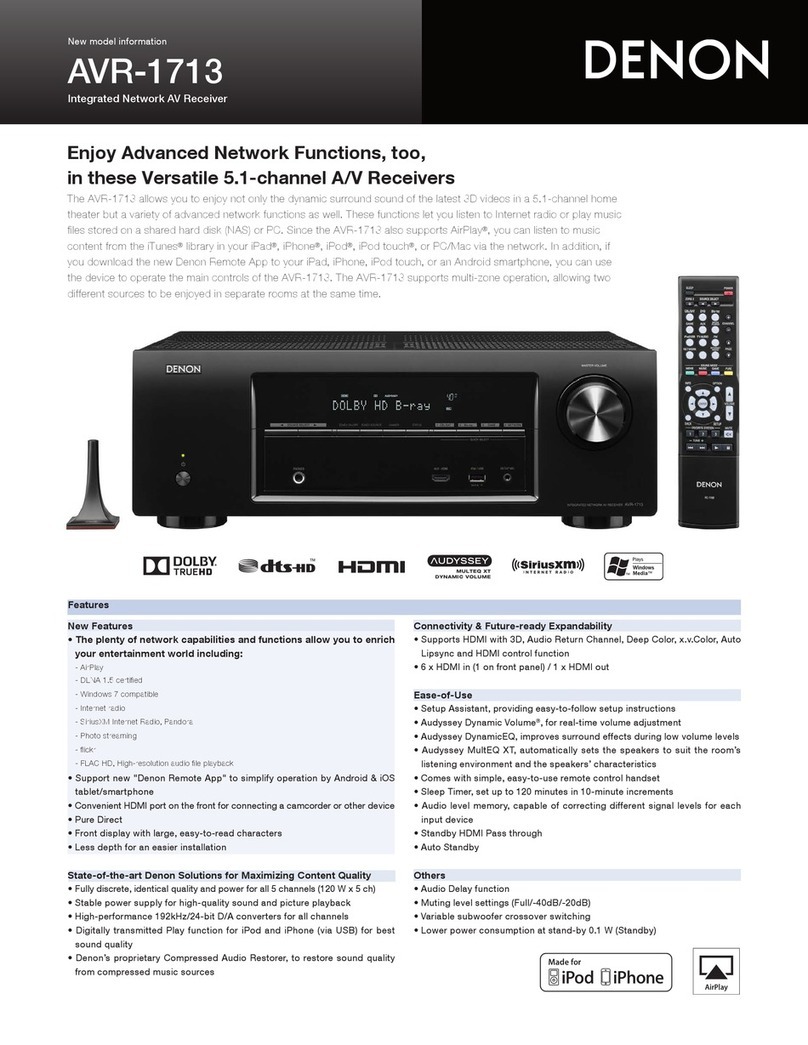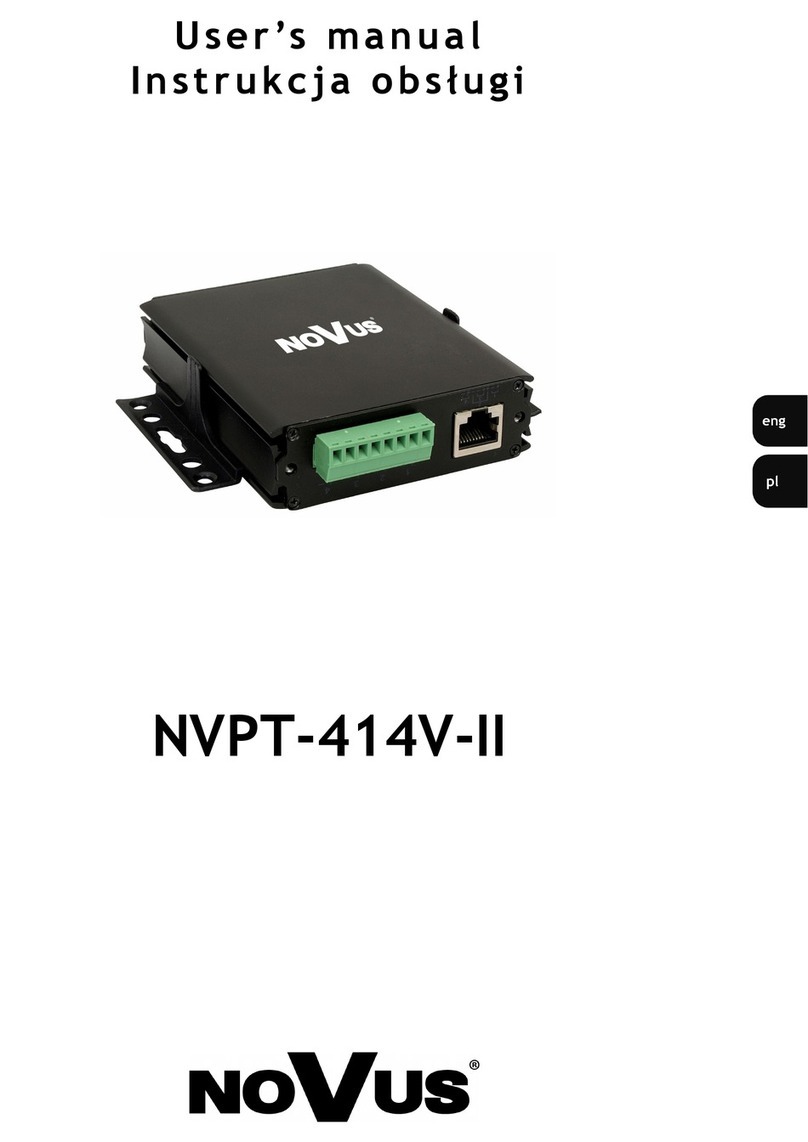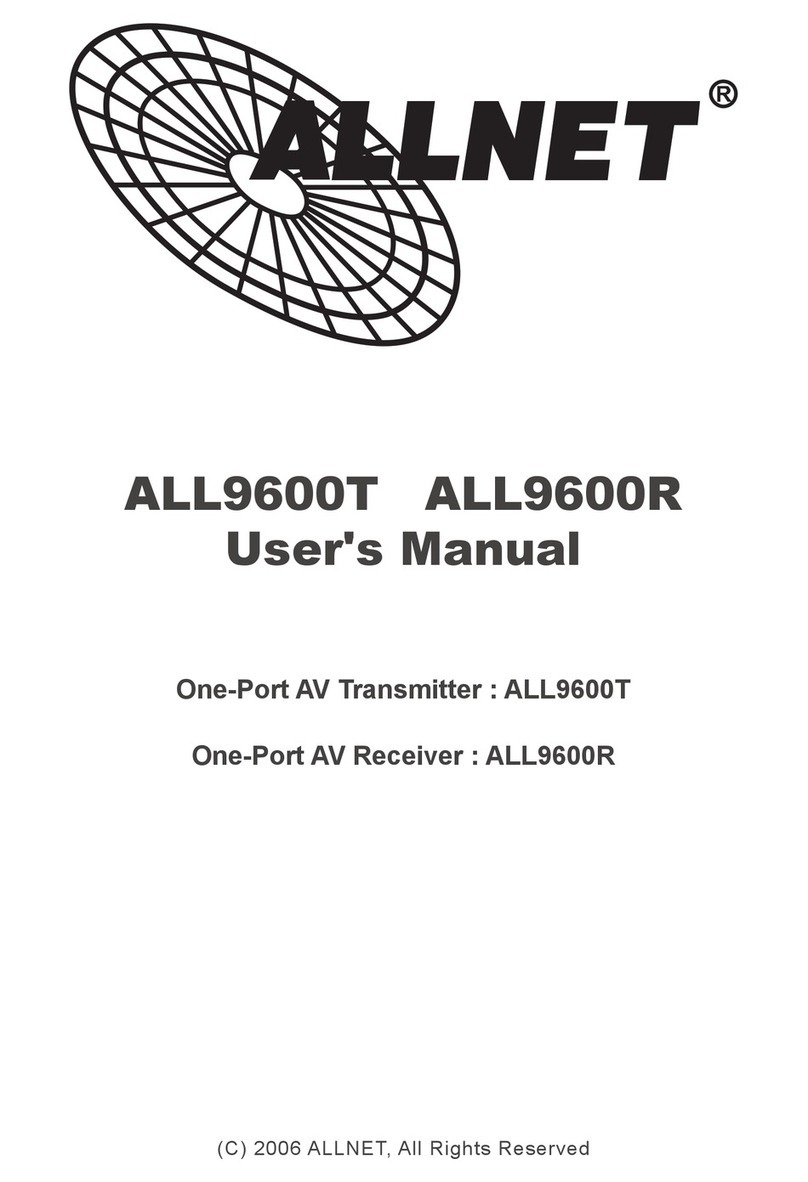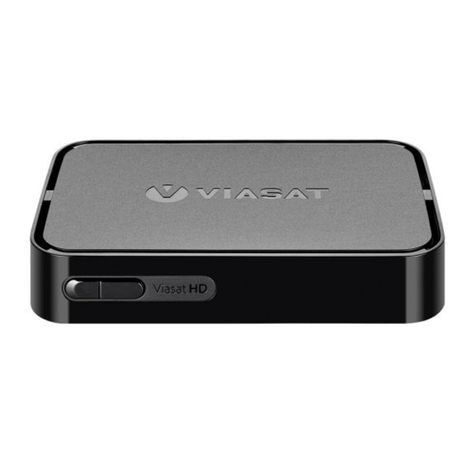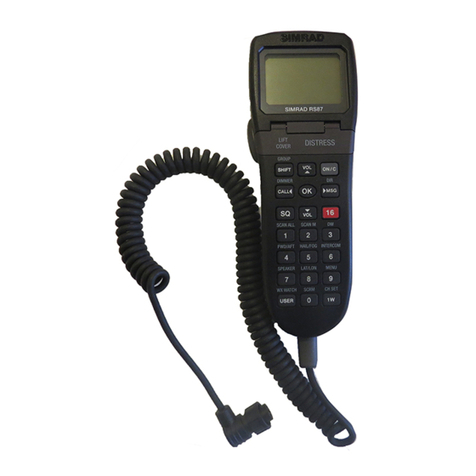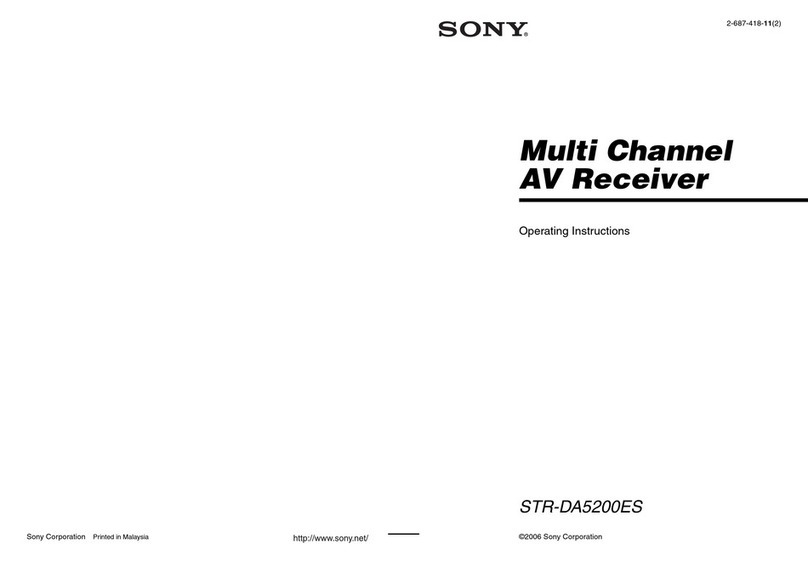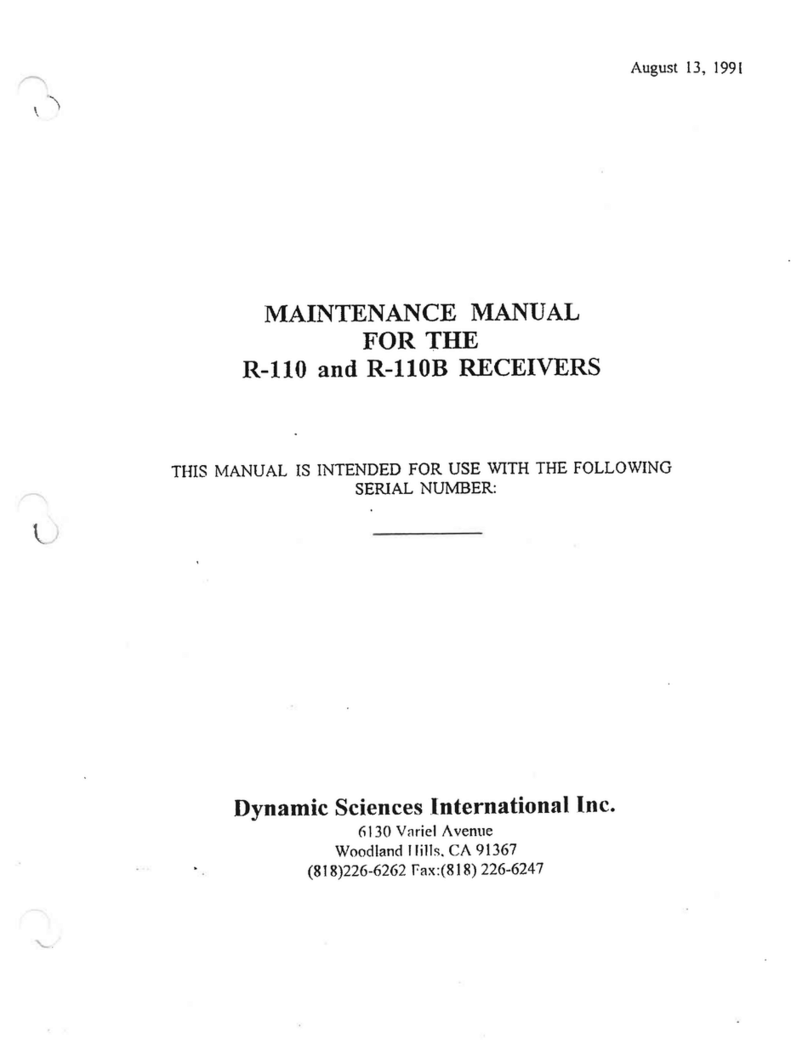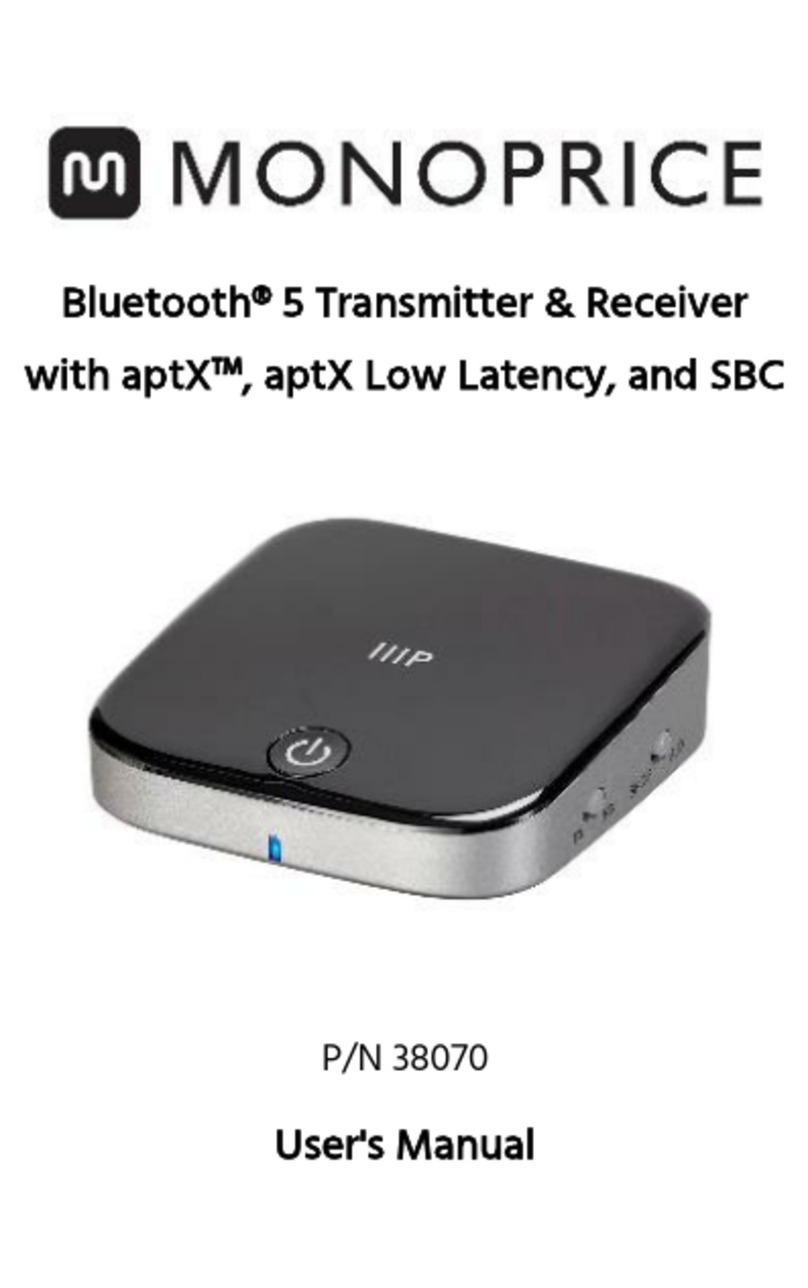Eddystone 6200 Owner's manual

Eddystone Radio
MODEL 6200
VLF/HF RECEIVER
SERIES 6200
FEATURES
•Sealed membrane keyboard front panel with illuminated LCD display.
•Easy to operate.
•Tuneable in 10Hz steps.
•Rugged construction.
•Built-in test equipment (B.I.T.E.).
•NATO Codified
•Frequency coverage 10kHz to 30MHz.
•Independent sideband operation in 2U size.
•Non-volatile 99 channel memory, with scan and sweep facilities.
•Remote control facility.

FrequencyCoverage
1600kHzto 30MHzin 10Hzincrements.
10kHz to 30MHz/A and /Foptions.
Reception Modes and Variants
AM, USB, LSB, CW : /2 variant.
AM, USB, LSB, CW, ISB : /3 variant.
FSK : /K option.
ReceptionBandwidths
SSB/ISB -6dB 300Hzto2700Hz
-60dB -400Hzand 3400Hz
Wide -6dB ±3kHz
-60dB ±10kHz
Intermediate -6dB ±1.2kHz
-60dB ±1.9kHz
Special To customer order. Up to 2
additional filters (/C option).
RF Selectivity
Wideband over specified range on all but /A option
which has sub-octave filters above 1600kHz.
BFO
±2.4kHzin 100Hzsteps derived from master oscillator.
Stability
On /Xoption all frequencies derived from internal master
oscillator giving0.1ppm stabilityover –10ºc to +50ºc.
Option for 8720kHzexternal standardwith no internal
standard fitted (/S option).
Search Tuning
Frequencyselectionbytuning knobwith anystep in
range 10Hz to 99.99kHz(10Hzincrements) orwith
automatic variable rate with 10Hz resolution.
Frequencycan also be directlyentered via numeric
keyboard with 10Hz resolution.
StoredChannels
A maximum of 99 channels can each be storedwith
frequency, mode, bandwidth, AGC, RFsensitivityand
BFO offset settings. On /B option receivers, the
selected antenna can be stored and on /T option
recivers, thescan startand stoptimes.Channel
contents can be interrogated and changed without
interruptionof the signal being received. A lithium
batterybacked up RAM retains the contents of all
channel memoriesin excess of 10 years without the
external supply.
Scanning
Anynumber of the 99 stored channels can be
automaticallyscanned with a dwell timeon each
channel or between 0.1 and 9.9 seconds (0.1 second
steps). If squelch is selected, the scan will halt on
channels with signals above the set threshold and
remain there for a hang period after the signal ceases.
This hang period can be set between 0 and 9 seconds
(1 second steps). At all times, the scan position can be
altered using the main control knob and can be stepped
on or halted using the rear panel hold scan/sweep input.
On /T option receivers, selection of channels bytime of
dayor week is also provided.
Sweeping
Automatic tuning using the selected step can be
performedusing the frequencies stored in adjacent
channel memories as limits. The receiver remains on
each step for the selected dwell period. If a step of
5kHzor more and squelchare selected, the sweep will
halt on steps with signals above the set threshold, and
remain there for a hang period after the signal ceases.
This hang period can be set between 0 and 9 secongds
(1 second steps). At all times, the sweep position can
be altered using the main control knob and can be
stepped on or haltedusing the rearpanel hold scan/
sweep input.
BITE (Built In Test Equipment)
In BITE mode, tests can be made using internallyfitted
test equipment to aid fault finding, general test and
maintenance procedures. In all modes, the BITE
monitors various parameters and provides immediate
indication of a potential fault which can be investigated
in BITE mode, providing fault finding to module level.
RemoteControl
All magor functions, except audio gain, can be controlled
and interrogatedusing 1200 Baud asynchronous data at
RS232c level. Standard modems (V22 or V23),
multiplexers, line drivers and RS422a adapters can be
usedto provide control over half or full duplex, two or
fourwire links as required.
Squelch
Audio squelch is derived from carrier/sidband level,with
squelch threshold level adjustable from the front panel.
Twin bargraph meters are provided to simultaneously
displaysquelchand signal levels.
RFAttenuation
Attenuation of 0dB, 10db, and 30-50dB is available.
Antenna Input
50 Ohm unbalanced input, BNC connector. Overload
protection is provided for continuous application of an
emf of 50V rms from a 50 Ohm source. Internal reed
relaycontrolled (bycontact to ground) from associated
transmitter open circuits receiver antenna input during
transmission.
AudioOutput
External Loudspeaker : 1Wmaximum into 4 or 8 Ohms.
Internal Monitor speaker : 1W maximum.
Line :20mWmaximum into600 Ohms.
Headphones : 10mW maximum into Low/Medium
impedance.
IntermediateFrequencies
45MHz1st IF
1.4MHz2nd IF
Power Supply
100V/130V and 200V/260V AC 40Hz-60Hzsingle
phase.
A.C.consumption 30VA maximum.
Operation from a 19-32V DCsupply(negative ground)
will continue in the absence of an AC supply. DC
current consumption approximately1.8A at 19V to 1A at
32V.
Environmental
Operational temperature: -15° to +55°C
Storage temperature: -20°C to +70°C
Relativejumidity: 95% at +40°C
Mounting Styles (19” rack mounting)
Height 88mm (2U)
Width 483mm (19 inches)
Depth 440mm (intrusion into rack including cable)
Weight 12kg
Sensitivity(400kHzto30MHz)
AM:1.8µV emfinput60% modulated at 1kHz, for10dB
Sinad (S+ N/N)at line output, with 6kHzselectivity.
SSB: 0.6µV emf input with1kHzaudio output, for 10dB
Sinad (S+ N/N)at line output, with 2.4kHz selectivity.
CW: 0.4µV emf input with 1kHz audio output, for 10dB
Sinad (S+ N/N)at line output, with 2.4kHz selectivity.
These correspond to a noise figure of 12dB.
AGC
Less than 4dB Changein audio output for 100dB
increase in input level above AGC threshold (typically
+3dBµV emf). Choice of three time constants in addition
to manual gain to suit mode selected.
Image
100dB (1st)
80db (2nd)
IF Rejection
100dB.
Intermodulation(in-band)
The level of third order intermodulation products
produced bytwo in-band signals of +90dBµV emf will be
at least 45dB belowthe level of either signal.
Intermodulation (out-of-band)
With a wanted signal +10dBµV emf producing standard
output, two unwanted signals adjusted to produce a third
order intermodulation product equal to standard output
at the wanted frequency, must be greater than +90dBµV
emf whenat least 30kHzremoved from the wanted
requency. This is equivalent to a third order intercept
point of +17dBm.
With a wantedsignal of +10dBµV emf producing
standard output, two unwanted signals adjusted to
produce a second order intermodulation product equal
to standard output at the wated frequency, must be
greater than +80dBµV emf when each is approximately
half the wanted frequency. This is equivalent to a
second order intercept point of +37dBm. This figure is
increased for wanted frequencies above 1600k when the
sub-octave preselector is fitted (/A option receivers).
Cross Modulation
With a wantedsignal of +60dBµV emf producing
standard output, an unwanted signal, of level
+100dBµVemf at 20kHzoff-tune, modulated 30% at
1kHz, will produce an output at least 30dB below
standard output.
Reciprocal Mixing
The level of a signal 20kHz removed from the tuned
frequencywill be at least +95dBµV emf to produce a
noise signal equivalent to 0dBµV emf atthe tuned
frequency(USB/LSB/ISB modes).
Blocking
With a wantedsignal +60dBµV emf, output will be
affected byless than 3dB byan interfering singla 20kHz
off-tune at leval +110dBµV emf.
Antenna Radiation
The level of radiated signals at the antenna socket will
be less than 2µV pdacross 50 Ohms.
MTBF
At least 30,000 Hours to BT HRD4 (British Telecom).
Options (StandardOptions areFand X)
/A Frequencycoverage 10kHz – 30MHzwith sub-
octabe preselector above 1600kHz.
/B With 8 bit parallel data output, indicating selected
antenna number (enabling control of antenna
selecting switches or other similar equipment). This
output can be factoryprogrammed to provide other
status/control signals if required.When supplied
with /T option, time scan output control signals are
provided. This is not available with option A.
/C With additional customer specified filters to a
maximum of two, normally300Hz / 1KHz.
/F Wideband input giving operation 10kHz to 30MHz
(reduced performance below400kHz).
/I With 1.4MHzintermediate frequencyoutput (not
available on ISB variants).
/K With internal FSK demodulator, providing FSK
demodulation for frequencyshifts from 85Hzto
1100Hzand corresponding keying speeds up to
300 bauds, at RS232c output level.
/S External standard operation.
/T With real time clock allowing channel scanning by
timeof dayor week
/XHigh stabilityinternal master oscillator.
/Z Noise Blanker (N/A on ISB Variants)
Note: /I& /S are mutuallyexclusive, as are /Z & /K and
/X& /S.
AncillaryEquipment
Remote Control Systems
External FrequencyStandards
Antennas
Bench Cabinet
Ring Communications (UK) Ltd
5 Bartholemew's Walk, Cambridgeshire Business Park,
Ely, Cambridgeshire, CB7 4HS.
Telephone +44 (0) 1353 616400
Facsimile+44 (0) 1353 616424
Web www.RingUK.com
This document givesonly a generaldescription of the product(s) and shall not formpart of any contract
Fromtime to time changes may be made in the product(s) or conditions of supply
VLF/HF RECEIVER MODEL6200
Other manuals for 6200
1
Other Eddystone Receiver manuals

Eddystone
Eddystone 880 User manual
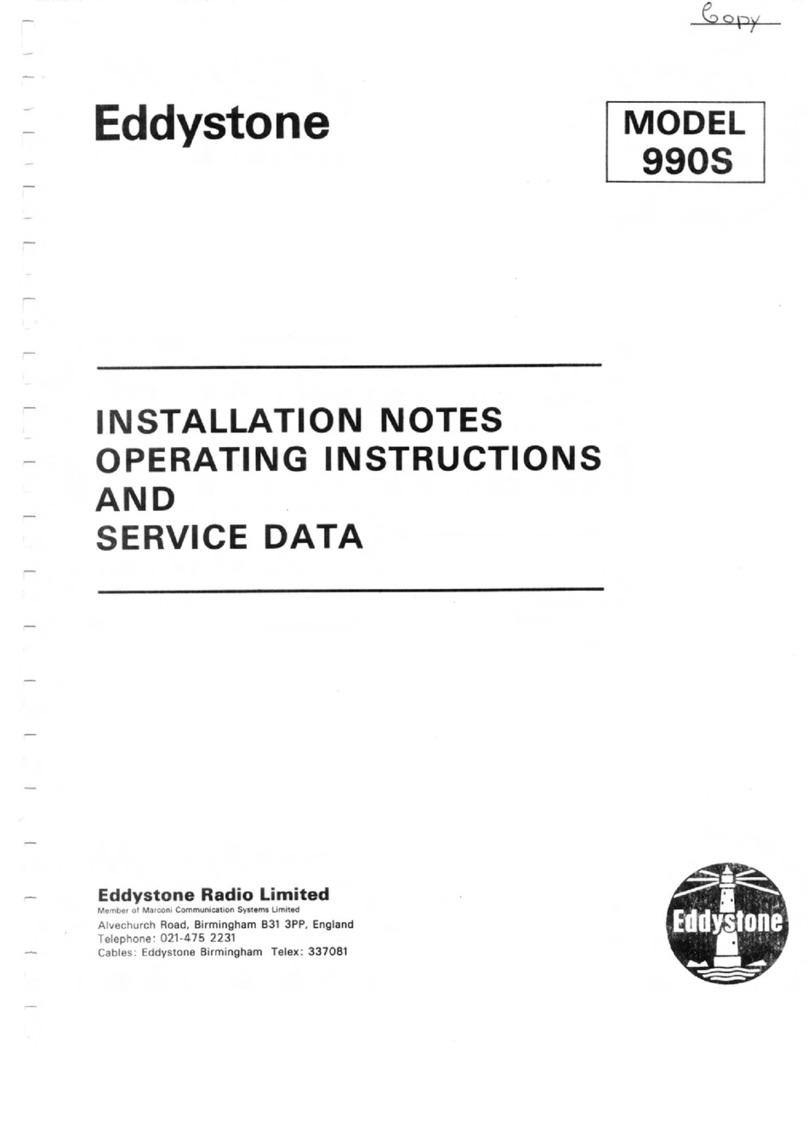
Eddystone
Eddystone 990S Troubleshooting guide

Eddystone
Eddystone S850 User manual
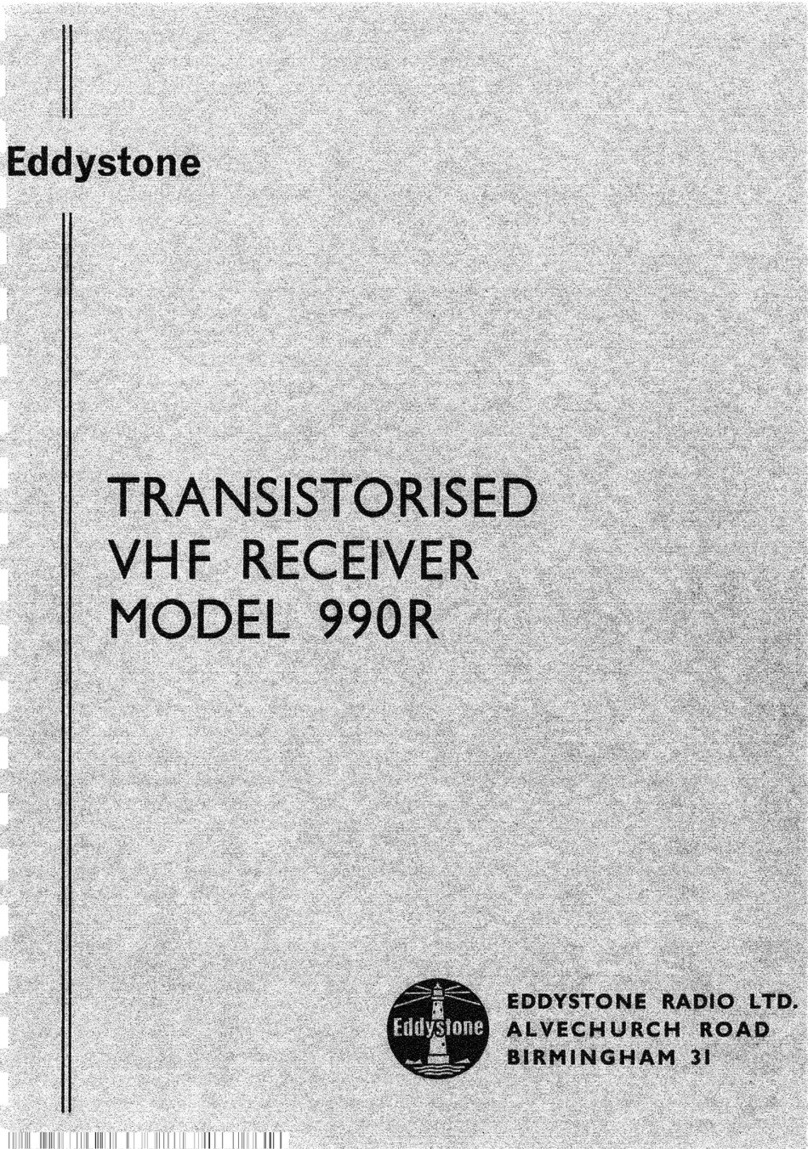
Eddystone
Eddystone 990R User manual

Eddystone
Eddystone 1650/7 User manual

Eddystone
Eddystone 770R User manual

Eddystone
Eddystone 680 User manual
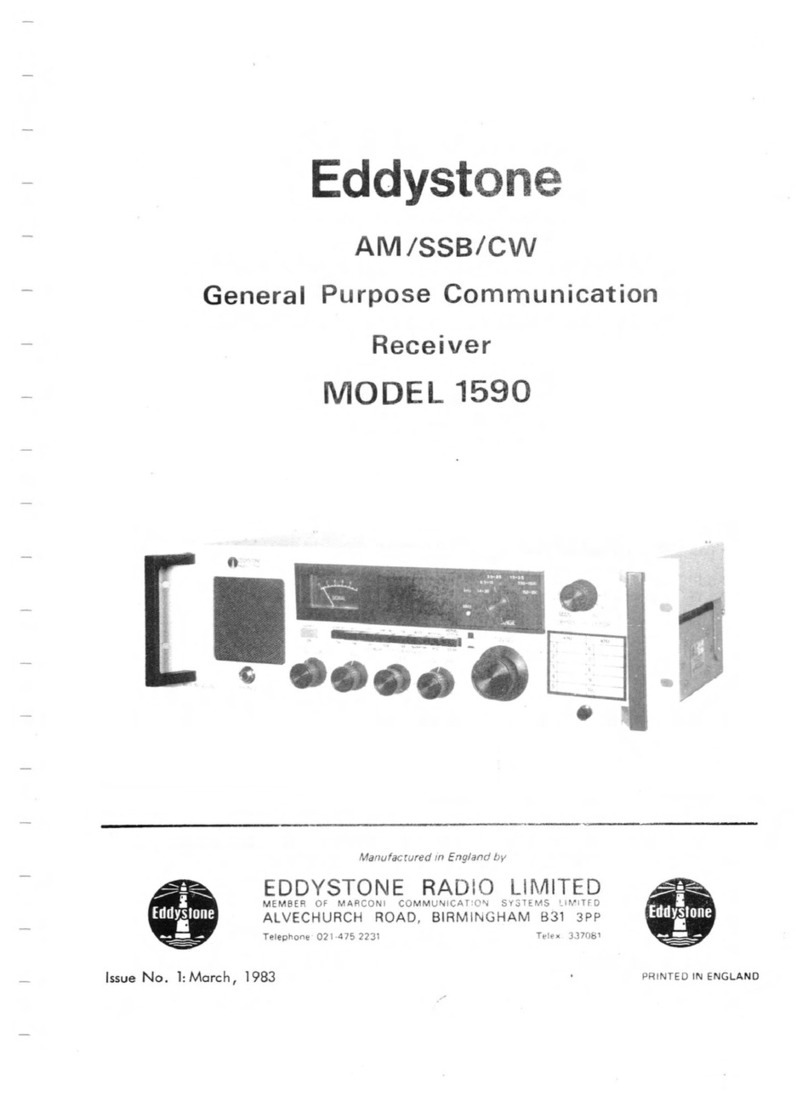
Eddystone
Eddystone 1590 User manual
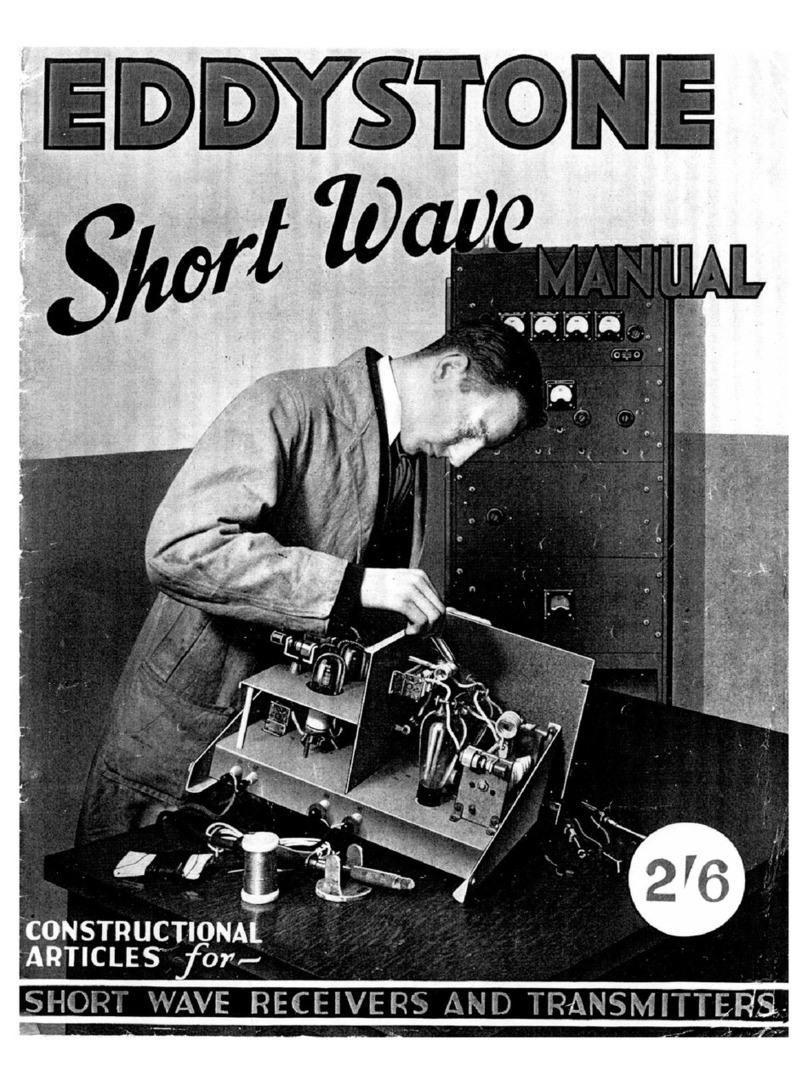
Eddystone
Eddystone Short Wave User manual

Eddystone
Eddystone 840C User manual





